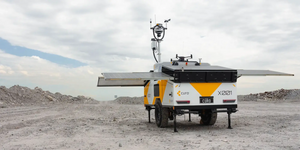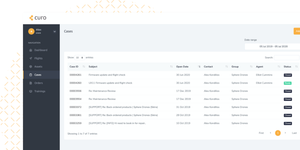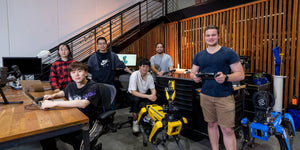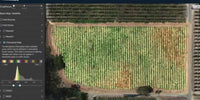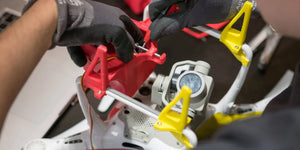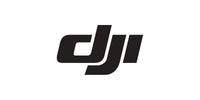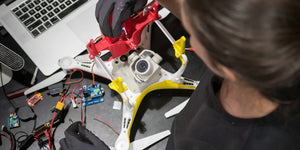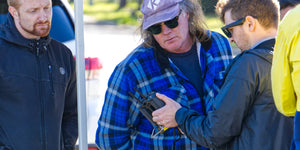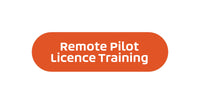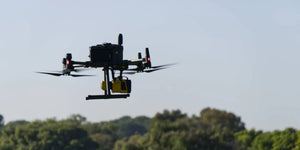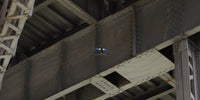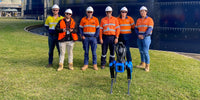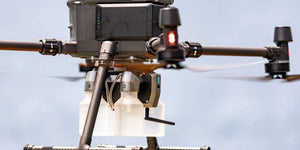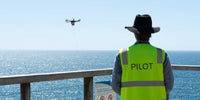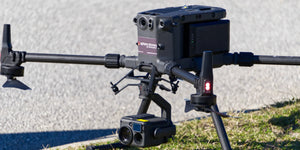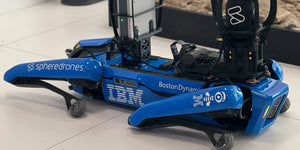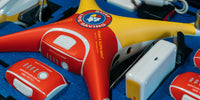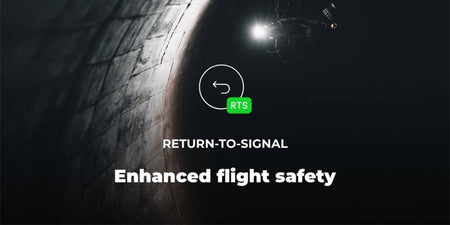One of the more challenging inspections that Simon Kumm, Managing Director of InspecDrone, has performed is of a hydrogen reformer at a plant owned by Solvay Chemicals in Germany. The two identical hydrogen reformers connect symmetrically into one common gas duct. The duct and the two reformers are completely lined with ceramic fibre—and this is one reason that inspecting the furnace is so challenging.
The ceramic fibre is like Styrofoam, and can’t be stepped on, making physical entry to most areas impossible. Further, because the material is so fragile, scaffolding can’t be constructed within the duct or reformers for the purposes of collecting visual data. An inspector might be able to enter the bottom of the duct through a small manhole in its side, but it extends up sixty-six feet (20 meters), so the inspector would not be able to see very much from the bottom.
To address the challenge of access for conducting a visual inspection, the InspecDrone team has used Flyability’s Elios 2 drones to collect visual data inside the duct and two hydrogen reformers. But the design of the duct and reformers presents a further challenge. Because the surface is identical throughout them, it is exceedingly difficult to identify the location of a defect found when reviewing video footage collected by the drone.
When flying up the duct, the reformers split off at the top to the left and the right. But because they look so much alike, it is impossible to know whether you’re looking at footage from the left or the right reformer just by looking at the image on the screen. And this means that defects found along the walls of the duct or reformers in reviewing the drone’s video feed are extremely hard to locate.
Customer Needs
Kumm had previously performed two inspections of the reformers, with 18 months between them. On the first inspection, he found areas that were damaged and needed to be monitored, and these defects had gotten worse on the second inspection. But each time Kumm inspected the hydrogen reformers, he faced the challenge of finding those specific locations again within them.
To address this challenge, Kumm has taken manual steps to identify the drone’s location, such as stopping the video footage and counting while it runs at half speed or using his finger to track the drone’s progress within the reformer to pinpoint its location.
It’s very difficult to know where you are. If you have a joint, where are you on it? If you lose track of where you are in the video footage you have to start over—the whole process takes a long time. - Simon Kumm
Using this manual process to establish the location of defects found in the reformers is very time consuming, and it requires triple-checking every data point to ensure that the final report shared with the customer is accurate. Ideally, Kumm wanted to have a way to identify the location of defects he saw in video footage collected by the Elios 2 that would be quicker, and more reliable.
Solution
Kumm was interested in testing Flyability’s new software, Inspector 3.0, to see if it could solve his data localisation problem. Inspector 3.0 was in a beta version at the time, but it had a promising feature: the ability to create sparse 3D models that showed the location of defects. Inspectors could mark these defects as Points of Interest (POIs) within the software when reviewing video footage collected by the Elios 2.
Additionally, the software only needed 15-20 minutes* of time for processing, so the 3D models it produced could be used while still on-site. Inspector 3.0 helped InspecDrone solve its data localisation problem.
Using the software, Kumm was able to tell exactly where he was in the identical reformers, distinguishing the two from each other by using the locational data in the 3D models without having to track anything manually in the video footage. Since the models allowed you to click on your POIs to review the visual data collected there, you could see the defect with the imagery the drone collected, and then know where it was using the model’s locational information.
The point cloud gives you an amazing capability to find the same spot again. You don’t have to wonder whether the spot you’re seeing is the same as the year before—you know it is, because the software shows you the exact location. - Simon Kumm, Managing Director of InspecDrone
Here are the primary benefits the InspecDrone team realised from using Inspector 3.0 for the hydrogen reformer inspection:
- Precision of the localisation of defects / abnormalities
- Visualisation of the inspected plant
- Comprehensible documentation for every observer
Source: Flyability
